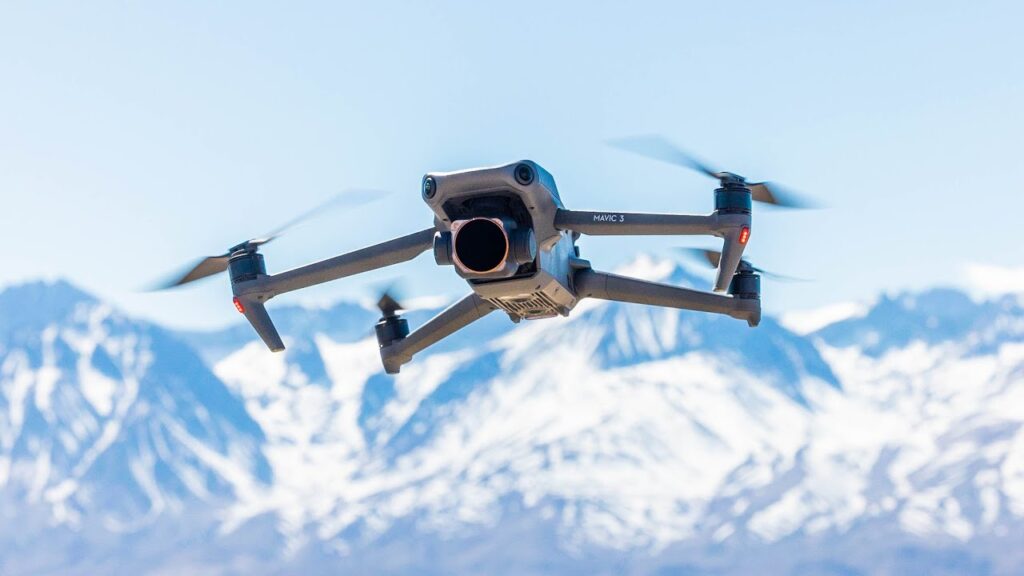The Art of the Compact: Innovations in Drone Form Factors
The relentless pursuit of smaller, more capable drones is a driving force in our industry. As seasoned pilots, we understand firsthand the delicate balance between payload capacity, flight endurance, and the sheer practicality of deploying a system in the field. This often boils down to the core concept of form factor: the size, shape, and physical arrangement of a drone and its components. For those deeply involved in drone design, or even those simply fascinated by the evolution of these aerial platforms, the quest for innovation in form factors is a captivating one. Today, we’ll be diving into insights gleaned from recent discussions, focusing on the intricate world of miniaturization and the crucial components that make it all possible. Specifically, we’ll examine how cutting-edge connector technology is enabling us to push the boundaries of what’s achievable in drone design.
Key Takeaways on Miniaturization in Drone Design
Here’s what stands out when we consider the latest advancements in drone form factors, drawing insights from industry discussions:
- SWaP is King: The acronym SWaP – Size, Weight, and Power – is a mantra for drone designers, particularly when crafting platforms for demanding environments. Every gram and cubic millimeter counts when optimizing flight time and maneuverability.
- Connector Technology Drives Miniaturization: The ability to create robust and reliable connections in increasingly smaller packages is paramount. Think of the data and power that need to flow through these tiny interfaces – they are critical arteries in the drone’s nervous system.
- Ruggedness is Non-Negotiable: Drones often operate in challenging conditions, from dusty environments to extreme temperatures. Connectors must be designed to withstand these stresses without compromising performance. For military and aerospace applications, this is a fundamental requirement.
- Samtec’s Focus on SFF Solutions: Companies like Samtec are at the forefront of developing small-form-factor (SFF) connectors specifically engineered to address the SWaP challenges in drones and robotics. Their expertise lies in creating high-performance interconnects that don’t compromise on reliability despite their diminutive size.
- Beyond Just Size: It’s not just about making things smaller; it’s about maintaining or even enhancing performance. These miniaturized connectors often boast impressive data transfer rates and signal integrity, essential for complex drone operations.
- VITA 74 VNX Modules Benefit: The development of SFF connectors directly benefits modular system designs like VITA 74 VNX, allowing for denser and more powerful computing capabilities within a smaller footprint – crucial for advanced drone functionalities.
The Symphony of Small: Connecting for Success
Think of a swarm of search and rescue drones navigating a disaster zone. Their ability to communicate and relay vital information hinges on secure, high-speed connections within their compact frames. Or picture an inspection drone meticulously examining critical infrastructure; its precision sensors depend on reliable power and data transfer through robust, yet tiny, connectors. The innovation in drone form factors isn’t just about shrinking the airframe; it’s about the intricate engineering of the internal components, especially the connectors that act as the vital links. The drive towards miniaturization demands components that can handle the rigors of flight, vibration, and environmental exposure, all while occupying minimal space. This requires a deep understanding of materials science, signal integrity, and the practical demands of real-world drone operations.
Tune In for More: Witnessing Connector Innovation
Ultimately, the evolution of drone form factors is a continuous journey driven by the need for greater efficiency, versatility, and capability. The advancements in connector technology showcased in the video highlight a crucial aspect of this progress. We encourage you to delve deeper into this fascinating area. Scroll down to watch the video and see firsthand the innovations that are shaping the future of drone design.

